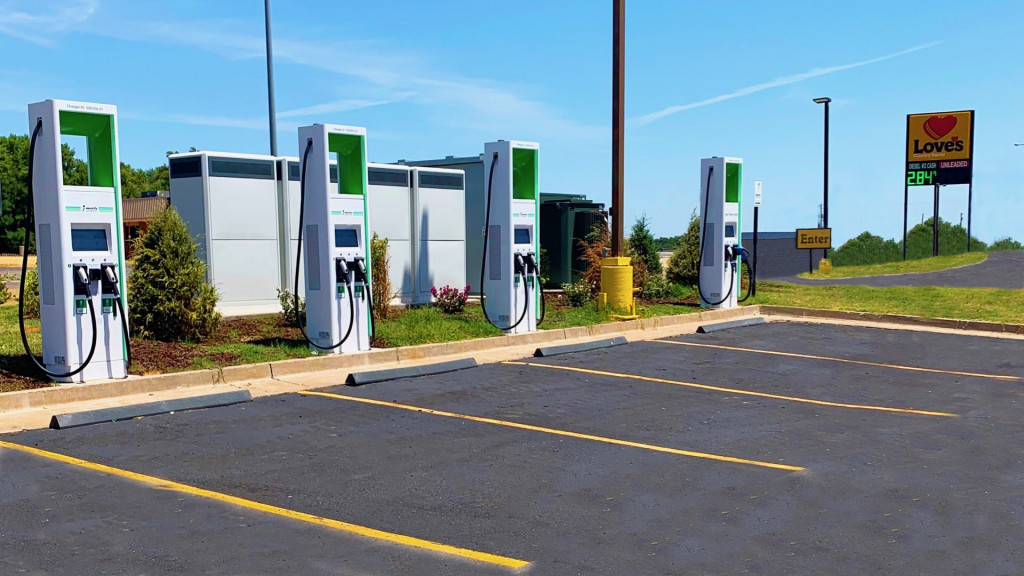Utility-owned EV fast-charging stations will fill the gap in Utah

In Utah, there might not be the use case or EV ownership density yet to support charging that’s closely spaced to ease range anxiety and provide redundancy. So a utility is stepping up.
Rocky Mountain Power on Wednesday announced that it will install DC fast chargers at 20 sites in Utah, with support from Electrify Commercial, a unit of charging network Electrify America that supplies charging hardware to businesses and commercial fleets.
The plan calls for 80 individual chargers at 15 sites in the Salt Lake City area, with five more sites in other parts of Utah, according to an Electrify America press release. Each site will have a minimum of four individual chargers, with speeds up to 350 kw. The first sites are scheduled to open in 2024, and will be located in Salt Lake City, along the Wasatch Valley Front, and in Moab.

Utah highway
These chargers will be owned by Rocky Mountain Power, but will be shown on Electrify America’s network map. The utility will also set pricing, but customers will be able to pay for charging using the Electrify America app, just like other stations on the network.
Rocky Mountain Power is seeking federal funding from the $5 billion National Electric Vehicle Infrastructure (NEVI) program for the project, but ratepayers will foot the bill for any stations that don’t meet requirements for that funding, a spokesperson confirmed to Green Car Reports.
Every state had submitted a NEVI plan by August 2022, showing how they planned to spend any funding received from the feds. If approved, Utah will dole out some of its share of the funding to Rocky Mountain Power for this project. The Department of Transportation is also creating a sixth round of Alternative Fuel Corridors (AFC), creating another pathway for charging-infrastructure funding.

Electrify America charging stations at Love’s Travel Stop
The Biden administration earlier this year outlined rules that every charger and charging site must comply with to get NEVI funding. The rules stipulate chargers placed 50 miles apart along designated corridors, with DC fast chargers all using the CCS format now used by most non-Tesla EVs.
There’s no declaration from the federal government on how many stations will be needed to achieve the 50-mile interval, but one study pegged it at about 1,100 stations.